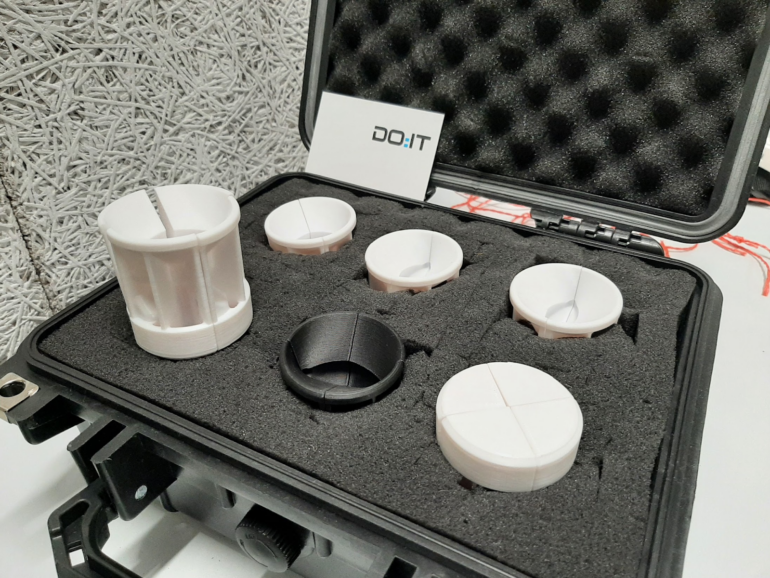The Roman Empire conquered Switzerland 2,000 years ago with a previously unknown deadly weapon: the lead sling bullet. A team of archaeologists discovered thousands of them on a battlefield in the canton of Graubünden. Hence, a team of Swiss scientists and an Austrian testing laboratory dug deeper. How effective was this weapon?
DOIT teamed up with @unibasel’s Vindonissa Professur, @universitaetbern‘s Institute of Forensic Medicine, and Forensisches Institut Zürich to support their comprehensive research on the performance of ancient Swiss sling bullets. This collaboration combines academic study, advanced simulation techniques, and real-world testing.
Looking into the past
Mounting evidence suggests that slinger troops played a pivotal role in the Romans’ military triumph in the rugged terrain during their Alpine expedition. High-speed cameras and a Doppler radar meticulously documented the speed and trajectory of the projectiles.
The side effect: The testing apparatus can be adapted to test road stone impact in the mobility sector.
We are proud to have contributed to this exciting study by developing an extraordinary performing 3D-printed Sabot.
Even ‘Einstein’ host Tobias Müller steps into the shoes of a slinger and investigates the legendary weapon through forensic experiments: Was it truly lethal? And were the slings the clandestine weapon that secured Roman victory in the Alpine campaign?
Catch the full story covered by #srfwissen @srfnews
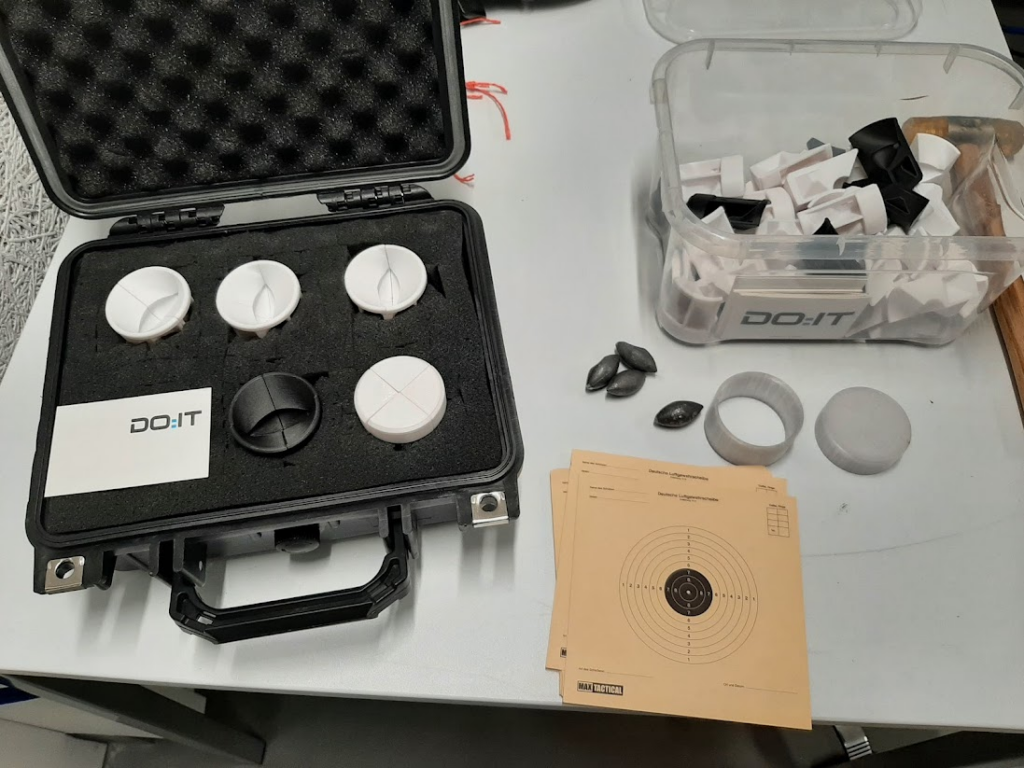
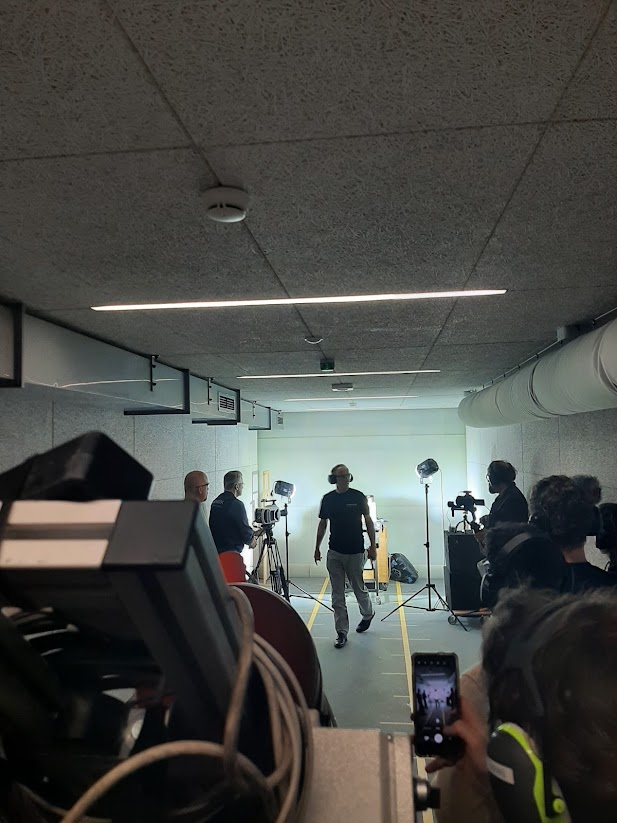
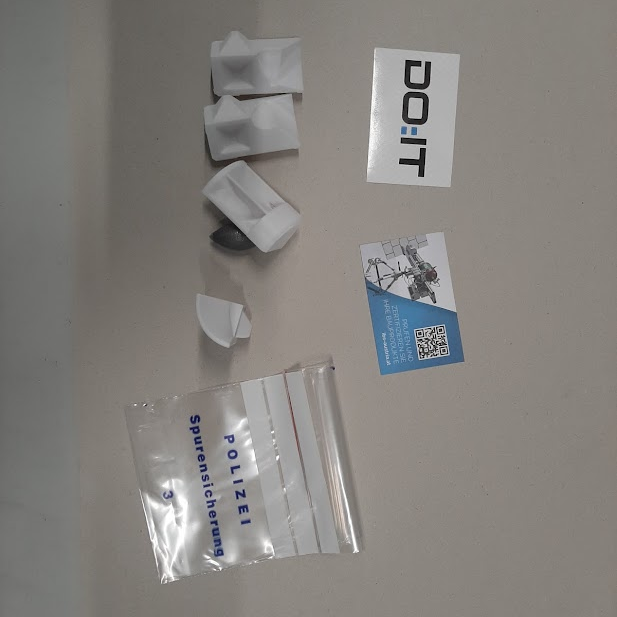
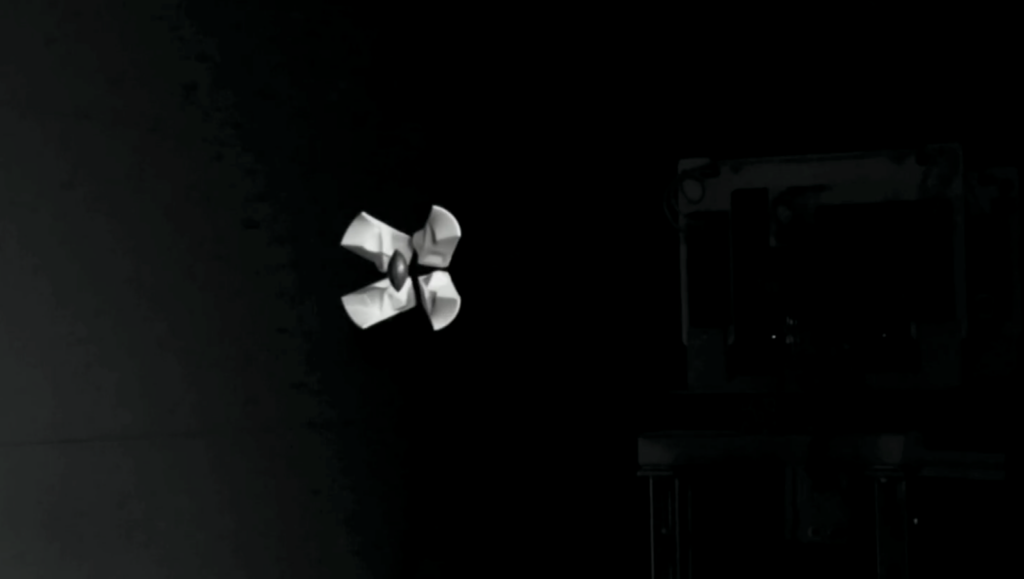
The side effect: The testing apparatus can be adapted to test road stone impact in the mobility sector.

